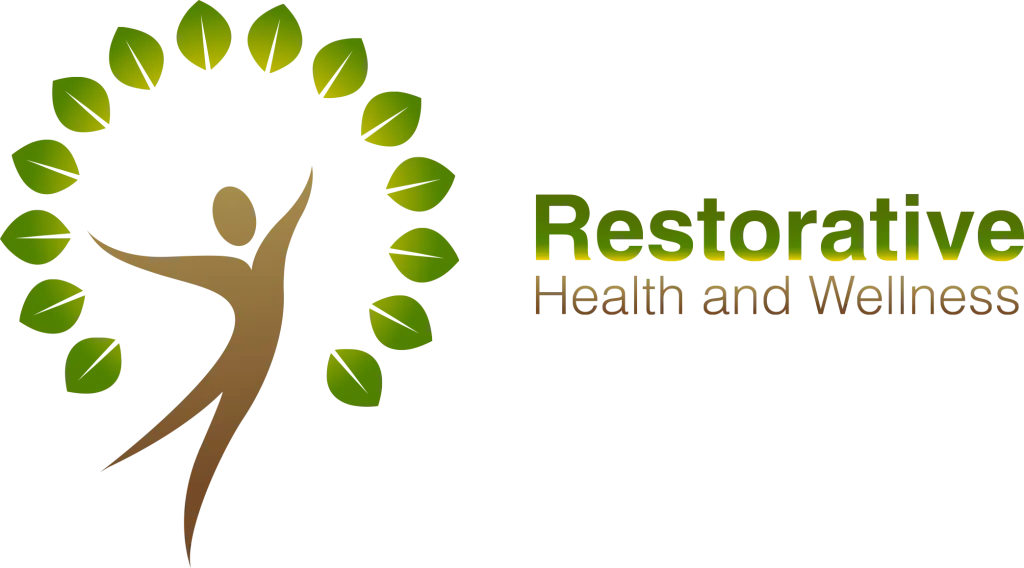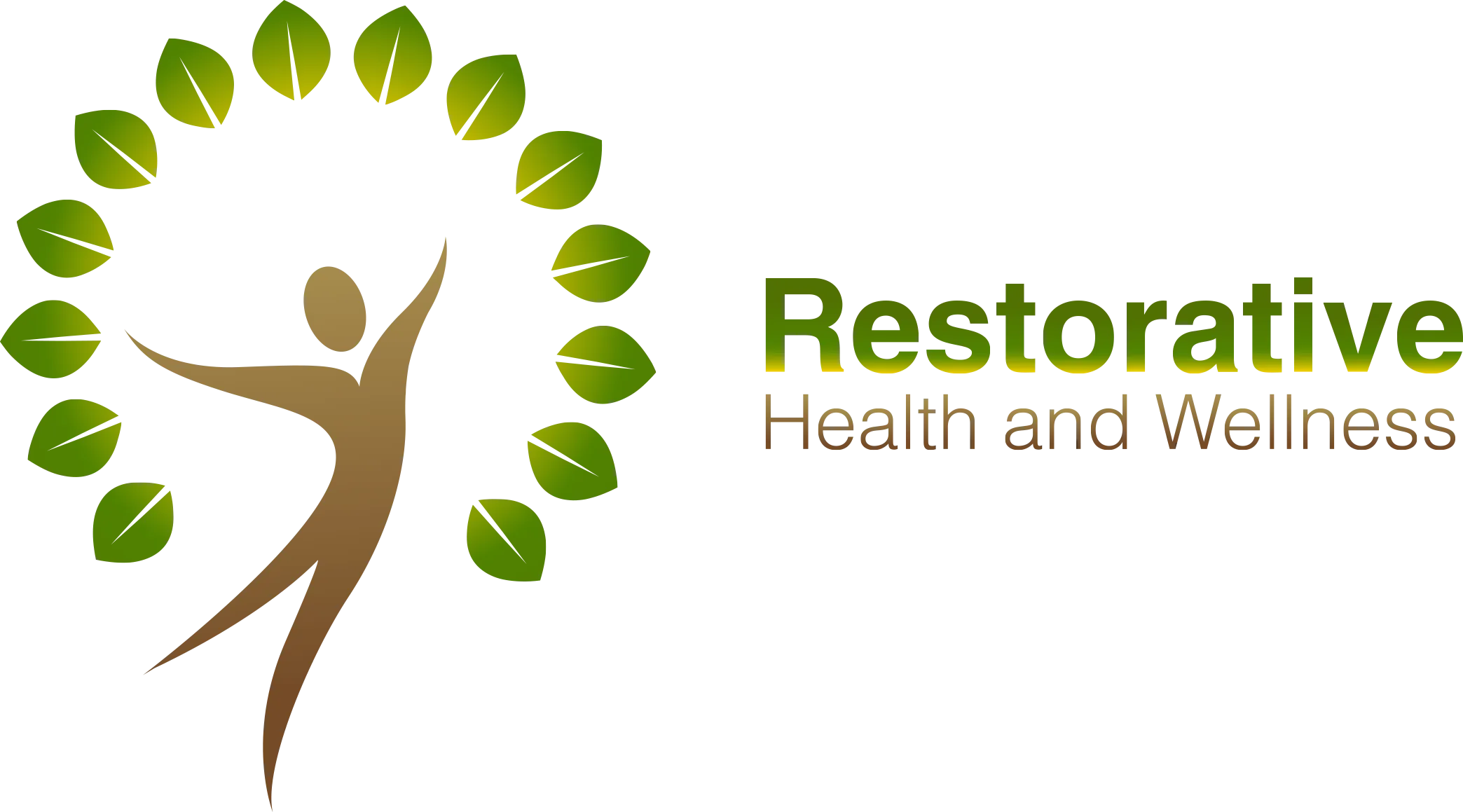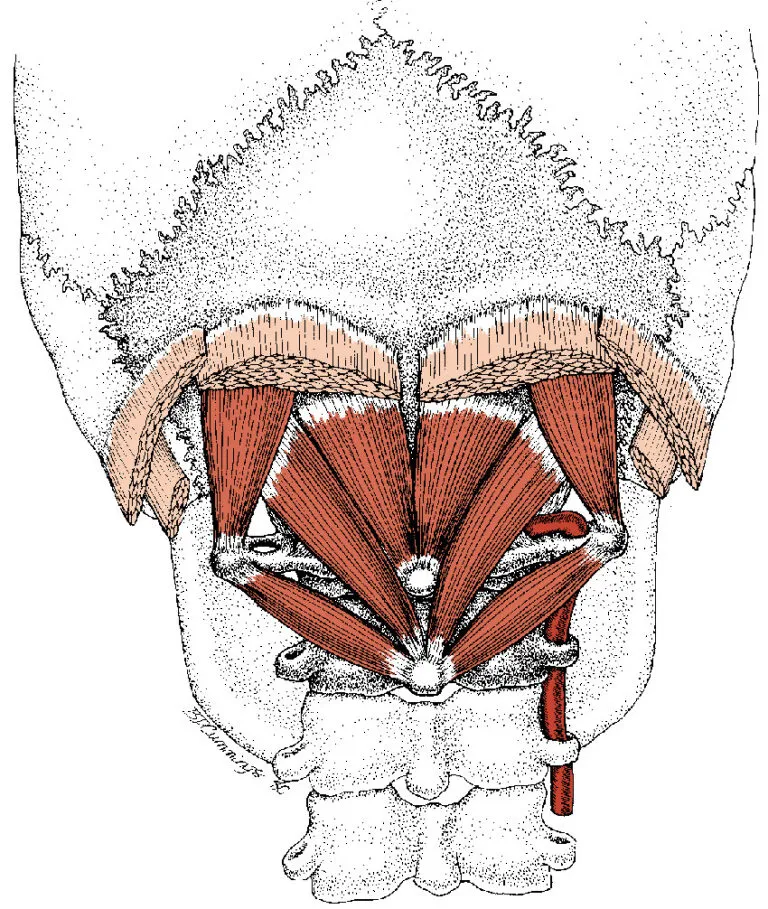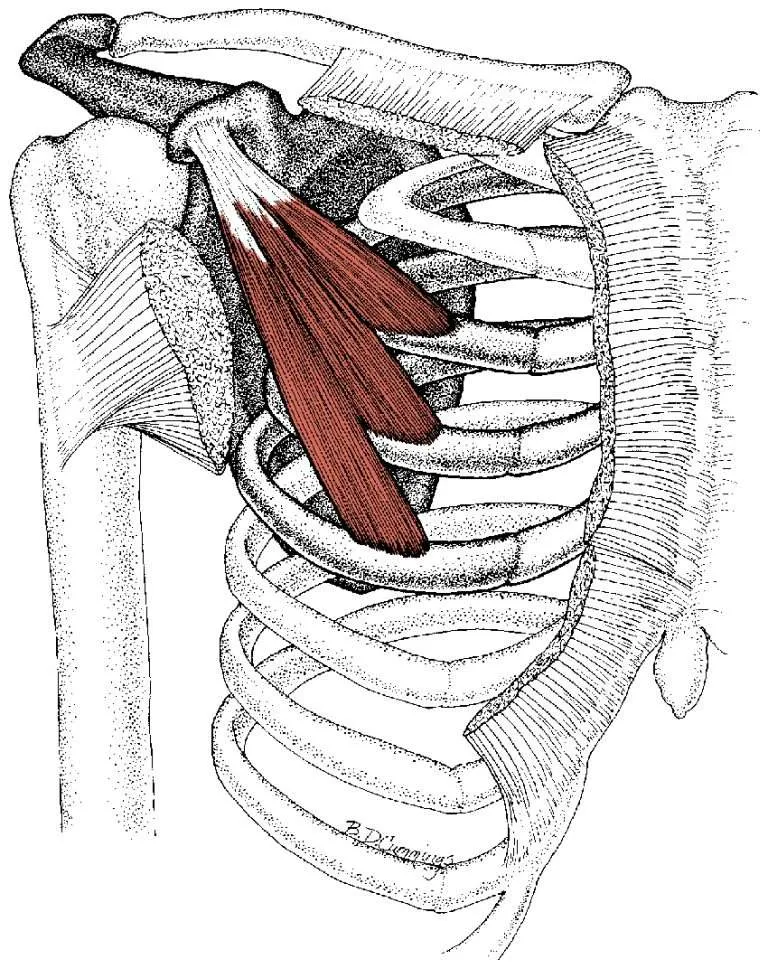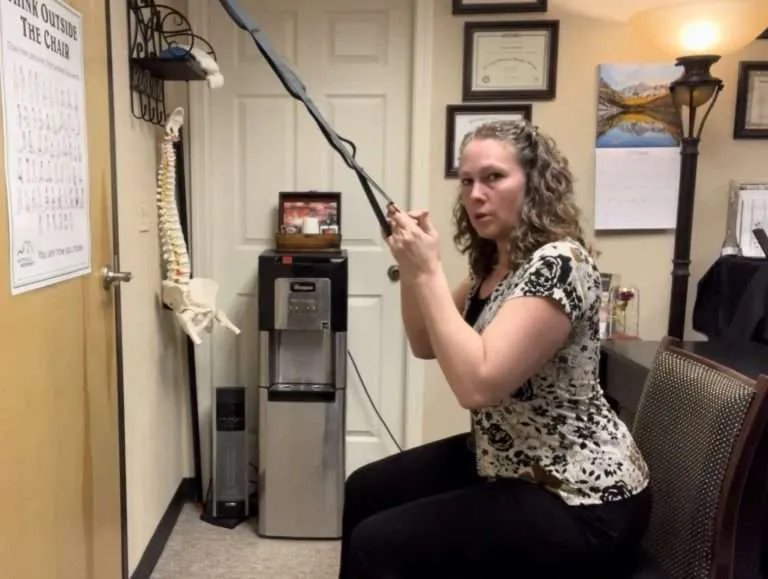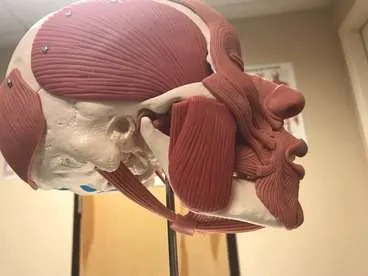Effective Calf Massage Techniques Using a Massage Gun for Plantar Fasciitis Relief
Calf massage is an essential technique for anyone looking to alleviate foot pain, improve leg mobility, or address issues like plantar fasciitis. In this comprehensive tutorial, I will guide you through how to use a massage gun to target the calf muscles effectively, focusing on the gastrocnemius and soleus muscles. These muscles play a crucial role not only in leg movement but also in the health of your foot, especially when it comes to conditions like plantar fasciitis.
As a restorative exercise specialist and neuromuscular massage therapist, I’ve seen first hand how targeted muscle release can dramatically reduce pain and improve function. This guide will walk you through the anatomy, techniques, and tips for maximizing your calf massage gun sessions for the best results.
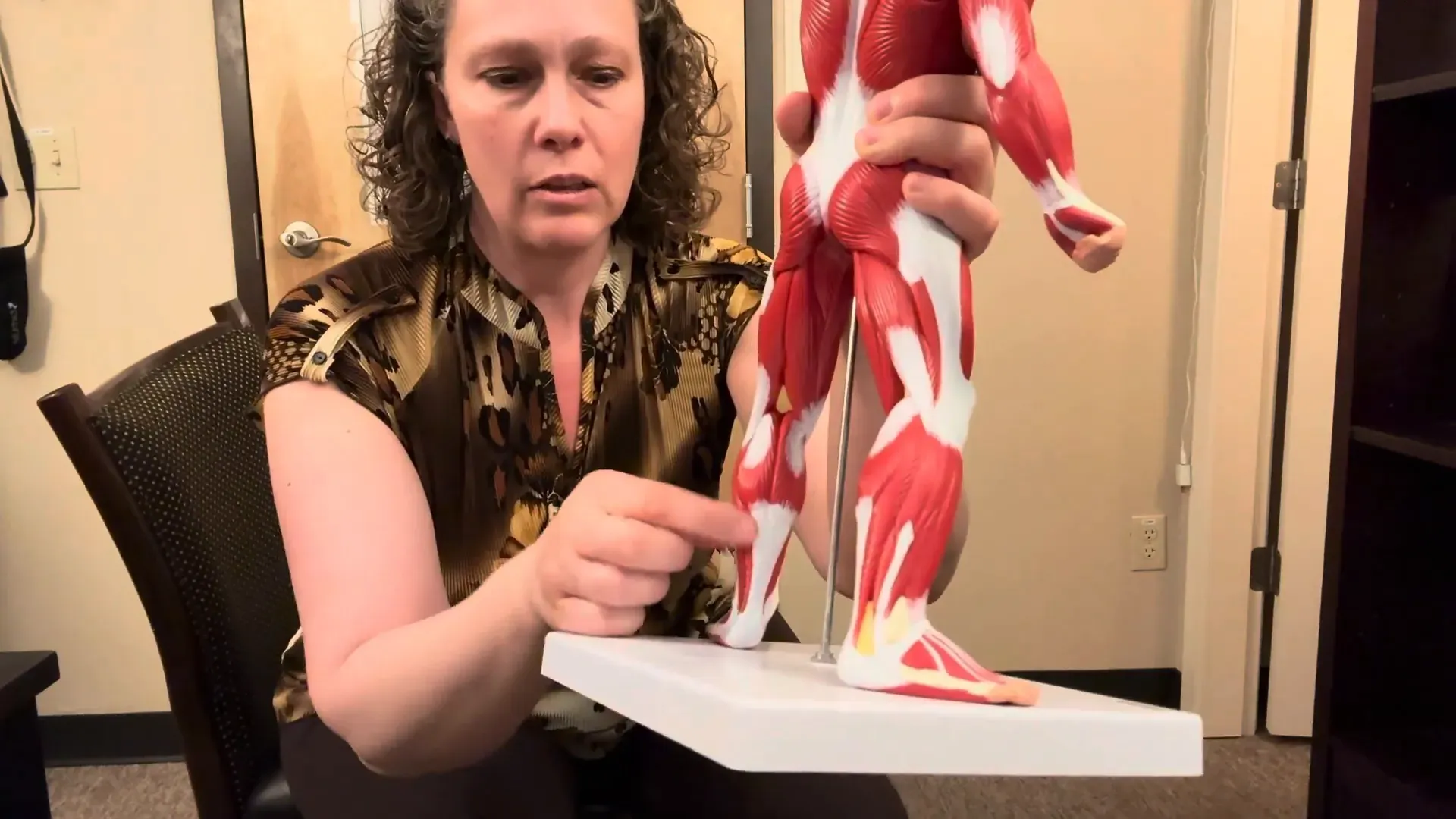
Understanding the Calf Muscles: Gastrocnemius and Soleus
Before diving into the massage techniques, it’s important to understand the muscles you’ll be working on. The calf consists primarily of two muscles:
- Gastrocnemius: This is the larger, more visible muscle that forms the bulk of the calf. It originates above the knee and crosses the knee joint, which means it affects both the leg and foot movements.
- Soleus: Located underneath the gastrocnemius, this muscle plays a critical role in foot stability and is deeply connected to the Achilles tendon.
Both muscles connect down to the Achilles tendon, which attaches to the heel bone. This connection is vital because tension or tightness in these muscles can directly influence foot conditions such as plantar fasciitis.
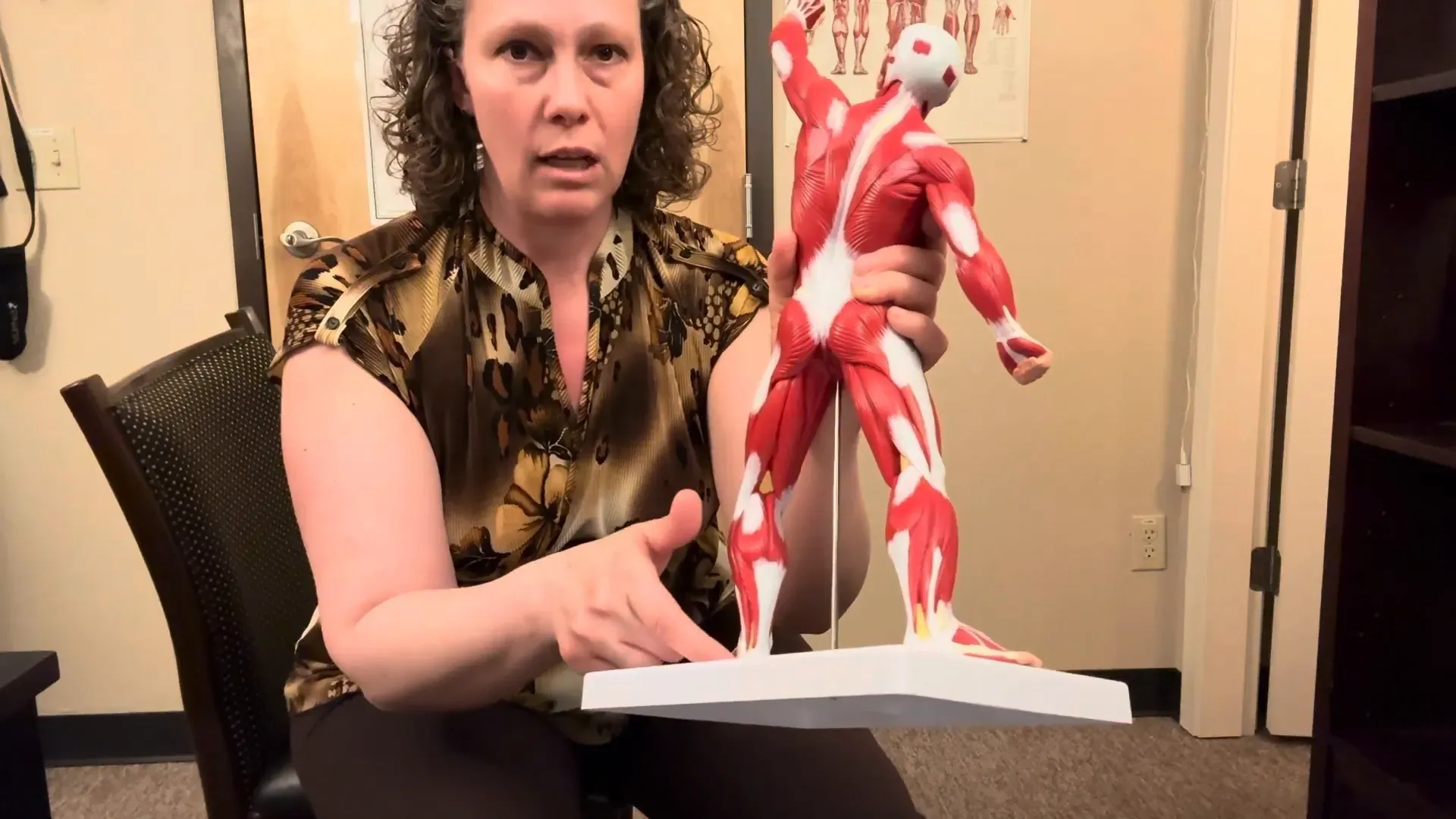
Why Calf Massage Is Important for Plantar Fasciitis
Plantar fasciitis is a common condition characterized by sharp pain in the heel and bottom of the foot, especially noticeable first thing in the morning. The plantar fascia is a thick band of tissue that runs from the heel to the toes, supporting the arch of the foot.
When the calf muscles—particularly the gastrocnemius and soleus—become tight or overworked, they place extra strain on the Achilles tendon and plantar fascia. This strain can lead to inflammation and pain in the foot. Therefore, working these muscles with a calf massage can help relieve tension, improve blood flow, and promote healing in the affected areas.
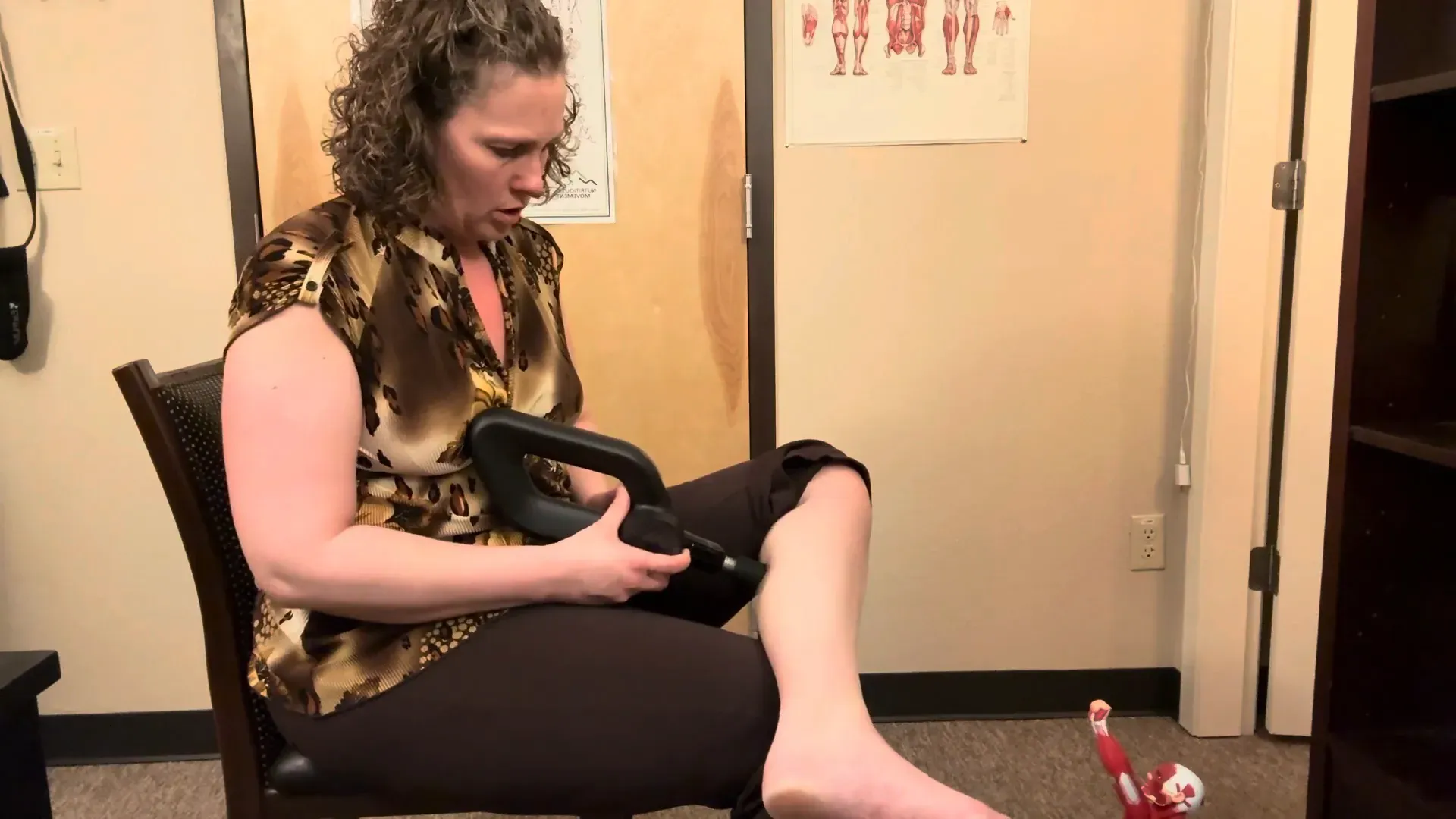
How to Use a Massage Gun on Your Calf Muscles
Using a massage gun is a convenient and effective way to target the calf muscles. Here’s a step-by-step guide to help you get started:
Step 1: Prepare Your Massage Gun and Area
Choose the appropriate attachment head for your massage gun. I prefer starting with a flat head for broad coverage, but for pinpointing tight knots or sore spots, a sharper blunt tip works well. Make sure your leg is comfortably positioned, whether sitting or lying down.
Step 2: Locate the Calf Muscle Bulk
Lift your pant leg or roll it up to expose the calf. Begin in the middle of the bulk of the gastrocnemius muscle, which is about halfway down the back of your lower leg. This is the thickest part of your calf.
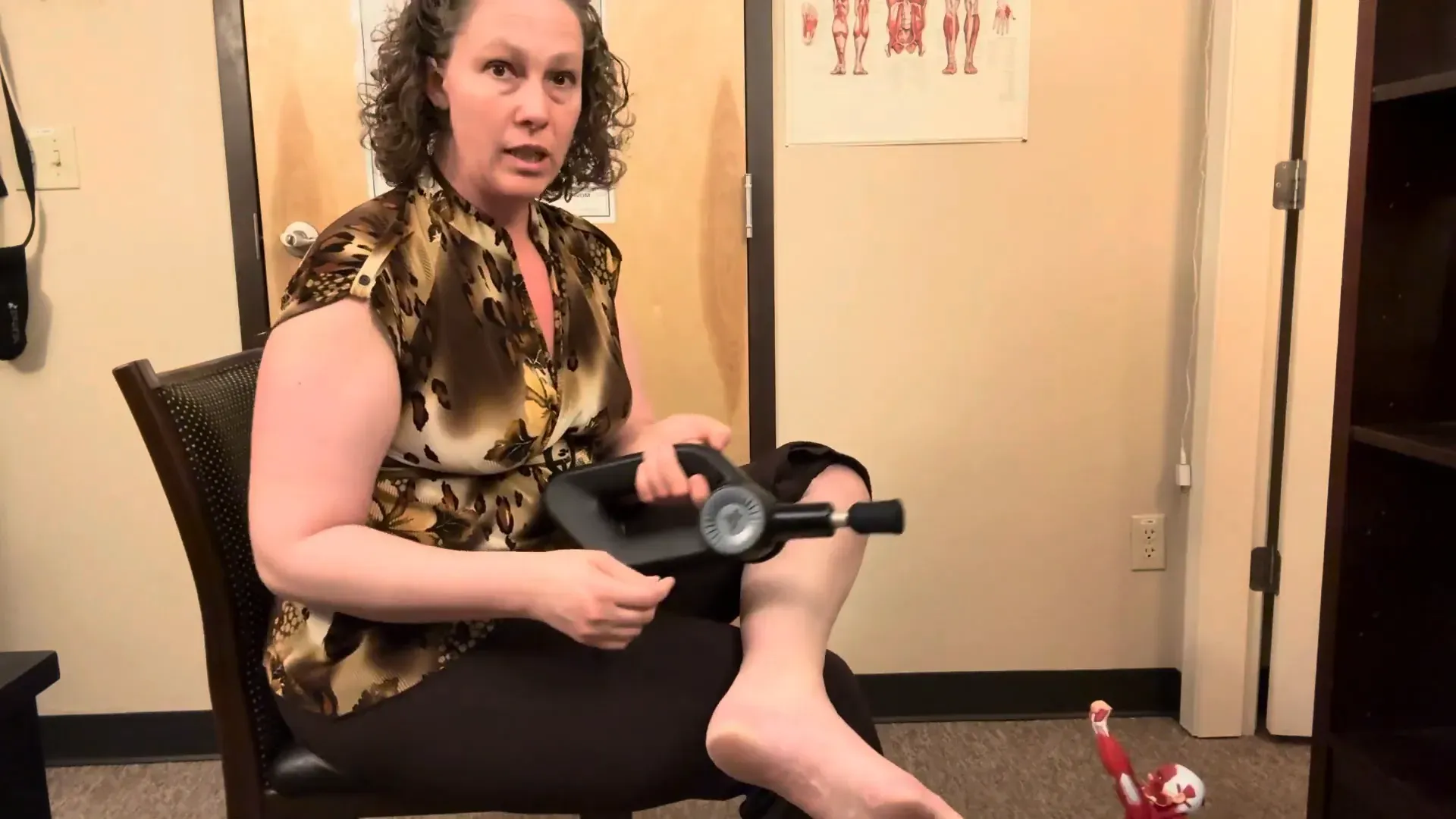
Step 3: Relax the Foot and Explore Different Positions
Allow your foot to relax fully. You can move it up and down gently to find areas that feel tight or achy. The goal is to identify spots where the muscle feels tender or tight and focus the massage gun there.
As you move the massage gun along the muscle, maintain a gentle pressure and avoid bones or joints. The calf muscle should feel relaxed and soothed, not painful.
Step 4: Work Along the Entire Calf and Ankle Area
Don’t just focus on the middle of the calf. Move the massage gun down toward the ankle, working along the edges but avoiding the bones directly. The area behind the ankle bone is critical because it leads into the Achilles tendon and plantar fascia.
Use slow, deliberate movements to cover the entire muscle. If you find a particularly sore spot, pause and hold the massage gun there for a few seconds to allow deeper release.
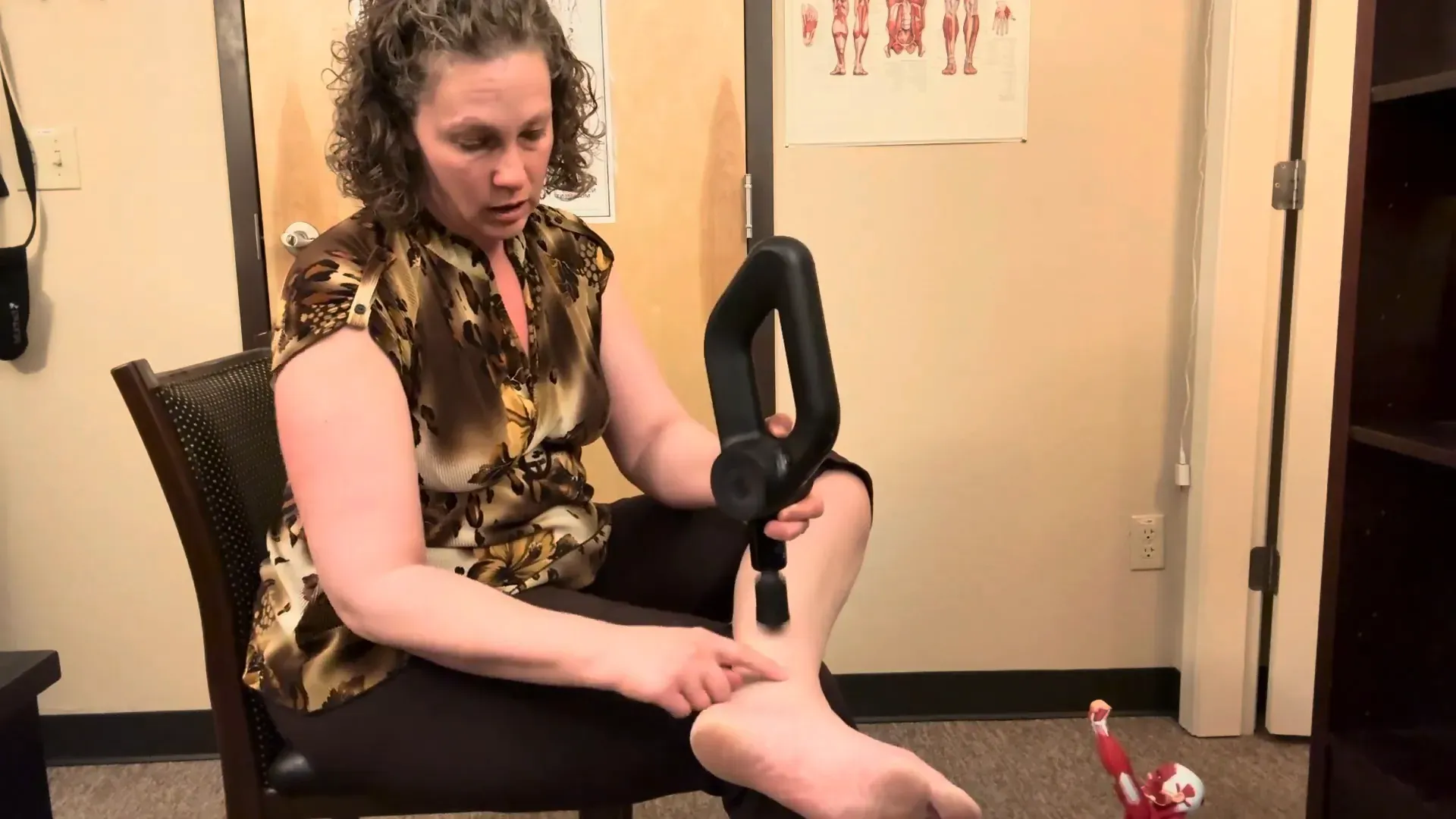
Step 5: Use Different Angles and Positions
You can adjust your leg position to reach all parts of the calf. For example, place your leg on the floor or lean over slightly to access the outer and inner parts of the muscle. This variation ensures comprehensive coverage and better muscle release.
Remember, do the best you can within your flexibility and comfort level. Consistency is key, so even short daily sessions can make a significant difference.

Additional Tips for Maximizing Your Calf Massage Gun Sessions
- Start Slow: Begin with a low speed setting on your massage gun to avoid overstimulating the muscle.
- Focus on Tight Spots: When you encounter a sore or tight spot, hang out there for 20-30 seconds to encourage muscle relaxation.
- Regular Sessions: Aim for regular calf massage sessions, especially if you’re dealing with plantar fasciitis or tight calf muscles from running or prolonged standing.
Why Calf Massage Should Be Part of Your Wellness Routine
Incorporating calf massage into your self-care routine can help prevent injuries, reduce muscle tightness, and improve overall leg function. This is especially true for athletes, runners, or anyone who spends a lot of time on their feet.
By regularly using a massage gun on your calf muscles, you support better circulation and muscle health, which can reduce the risk of chronic conditions like plantar fasciitis. The relief you feel after a good calf massage can also improve your mobility and quality of life.
Summary: Steps to Perform an Effective Calf Massage with a Massage Gun
- Identify the gastrocnemius and soleus muscles on the back of your leg.
- Select the right massage gun attachment — flat for broad areas, blunt for pinpoint work.
- Relax your foot and gently move it to find tight or sore spots.
- Start massaging in the middle of the calf muscle, then move down toward the ankle, avoiding bones.
- Pause on tender areas to release knots and tension.
- Adjust leg position to cover all angles of the calf muscles.
- Repeat regularly for best results, especially if managing plantar fasciitis.
Final Thoughts
Understanding the anatomy and function of the calf muscles is the foundation for effective calf massage. Using a massage gun wisely can bring significant relief, especially for those suffering from plantar fasciitis or general calf tightness.
Remember to listen to your body and adjust pressure and duration accordingly. With consistent use, you’ll notice improved muscle flexibility, reduced pain, and enhanced foot and leg function.
If you’re new to massage guns or have specific health concerns, consider consulting a healthcare professional or a licensed massage therapist to tailor the approach to your needs.
I hope this tutorial helps you achieve relief and better muscle health through effective calf massage. Take care of your calves, and your feet will thank you!
